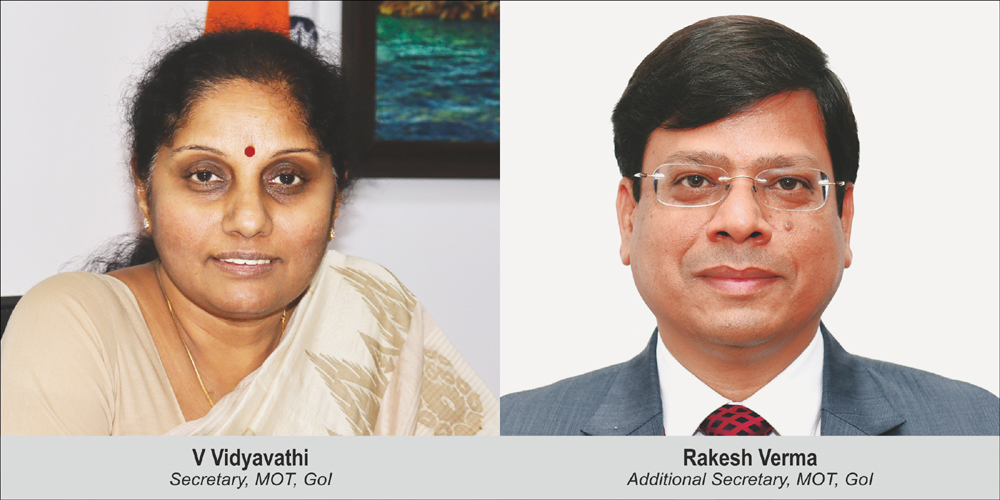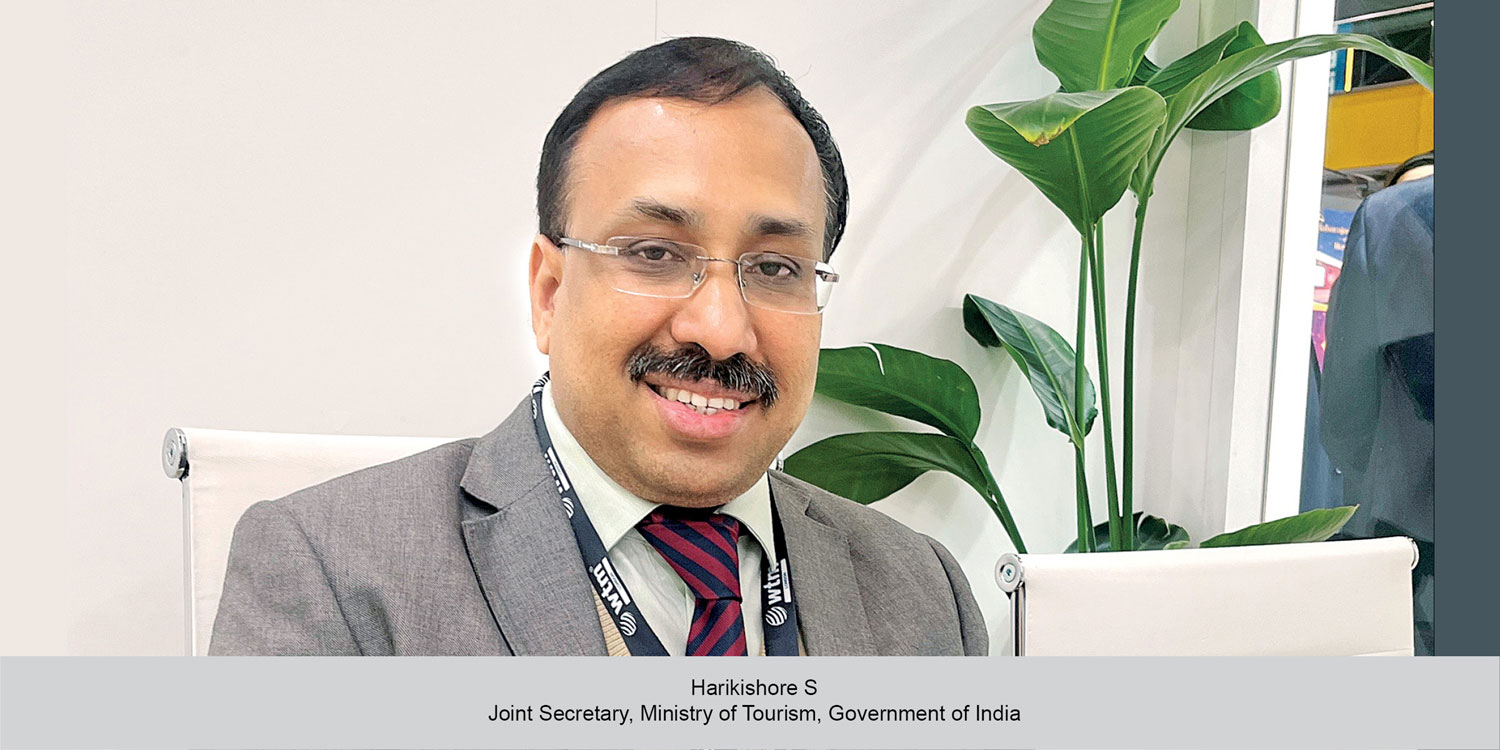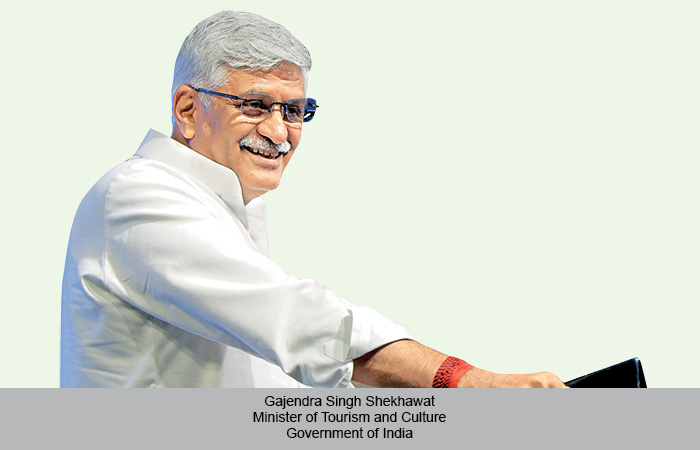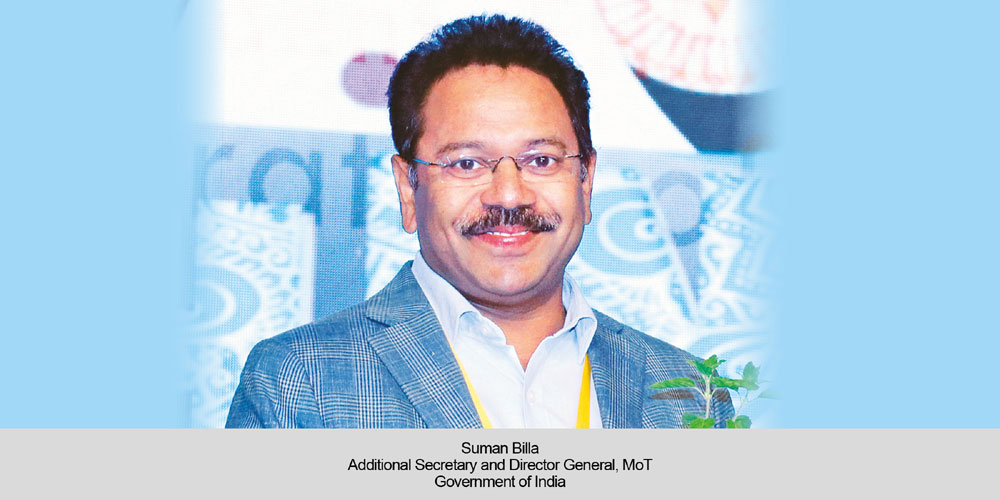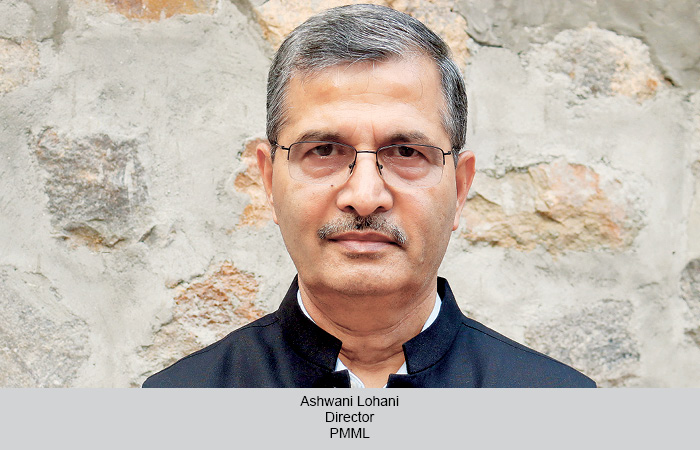Basking in the success of 4th TWG and Ministerial meetings in Goa, the Union Ministry of Tourism is hopeful that G20 meetings taking place in India will open doors for international M!CE.
Nisha Verma
V. Vidyavathi, Secretary, Ministry of Tourism, Government of India, talking about the India’s M!CE potential with G20, said that all the G20 meetings, under the direction of the Prime Minister, have been held in many cities. “The kind of infrastructure that has come up in these places for hosting world class meetings, is phenomenal. For us, it is the beginning of the opportunity to keep this momentum going for them as tourist destinations, especially for M!CE. The idea is to attract more meetings and conventions to happen at these places,” she said.
Adding to this, Rakesh Verma, Additional Secretary, Ministry of Tourism, GoI, shared, “All the destinations, where G20 meetings are taking place have established themselves as having infrastructure and capability to host meetings. We would like to promote these 50-55 places in a big way to attract more events at these places, continue this momentum and attract more such activities at these destinations.”
Sustainability goals
The Goa Roadmap was the final document released after the Ministerial meeting. Speaking on the way forward, Vidyavathi informed, “The five pillars on which the Goa Roadmap stands, following them is a big responsibility, and we will put out every effort to make sure that we work in that direction. We are already working on most of these priorities, for example, green tourism, tourism MSMEs or destination management. The Goa Roadmap is the defining framework, under which, as a next step, we are going to talk to all the line ministries and tell them that these priorities must get integrated in every ministry’s plan of action and workspace.”
Verma added, “While previous G20 presidencies picked one focus area, our presidency had the most holistic way forward for the sector with five priority areas, encapsulating the bulk of the sector. We were also able to push one of our key priorities—Travel for LiFE, which is the vision of the PM, into a global document.”
Tourism policy
Verma informed that the priorities in the Goa Roadmap were emanating from the National Tourism Policy. “Ultimately, it was our Presidency, and we need to present how we look at tourism on the global stage. The five pillars were picked up from the National Tourism Policy. We have suggested very strongly to build initiatives and strategy around these pillars and bring to the G20 Tourism Working Group. No one added anything else to it and were convinced on these priorities. The National Tourism Policy will take it forward,” he claimed.
Dashboard
Talking about the dashboard, the MOT will create for case studies after the Ministerial meeting. Verma said, “We have surveyed all countries on how they look at these priorities contributing to sustainable development goals (SDGs). We also asked them to give us specific case studies in their respective countries. They have given data responding to the survey form. UNWTO was our knowledge partner, who curated this data and made recommendations. We have signed a partnership with UNWTO for setting up this dashboard. We expect that in the next two-three months, this should be up and running.”
Cruise tourism
The Goa TWG meeting focused on cruise tourism. Speaking on the matter, Verma shared, “We organised a session on national vision on cruise tourism, which the Ministry of Shipping has been spearheading. Currently, we have 0.4 million cruise passengers who board cruises from India. The target is to take it to 4 million by 2040. Work is already going on towards strengthening of infrastructure, developing new circuits and inland cruise tourism. There is Ganga Vilas, which is one of the longest river cruises in the world. India has a lot of potential as there are cruises in river, coastal areas, backwaters, and ocean. For coastal cruises, hinterland also must be developed as people want to disembark from the cruise, and visit nearby places. Hence, there is a need to integrate the development of those places with cruise development.”
In Goa, private stakeholders and associations helped the MOT to put together the agenda. “We also received initial suggestions from industry for the National Strategy on Cruise Tourism. While the Shipping Ministry is spearheading most of the infrastructure and regulations, there is a connection with the MOT in terms of how to bring travel and tourism stakeholders and tourism planning into it,” he said.
 TravTalk India Online Magazine
TravTalk India Online Magazine

